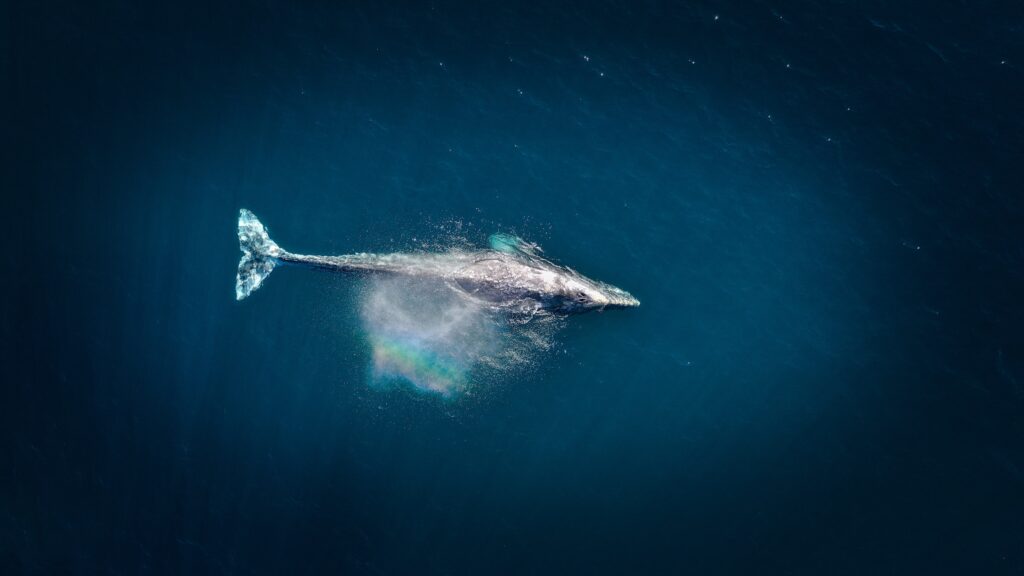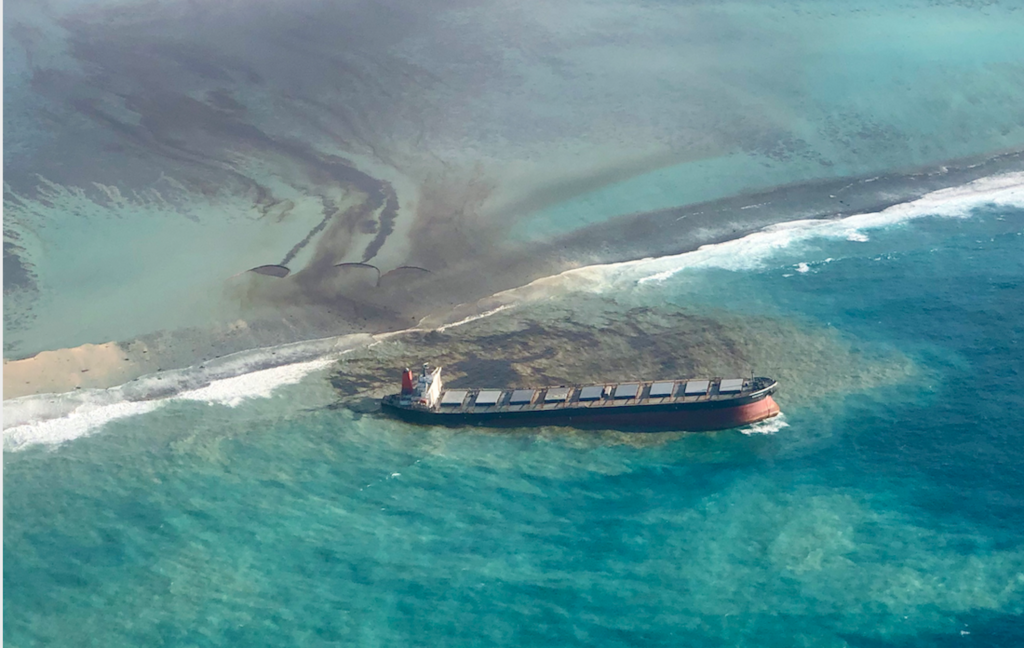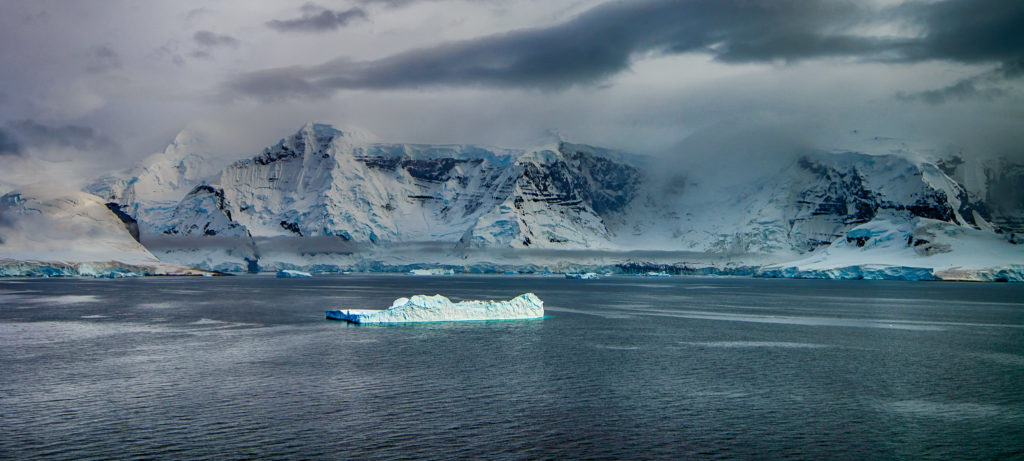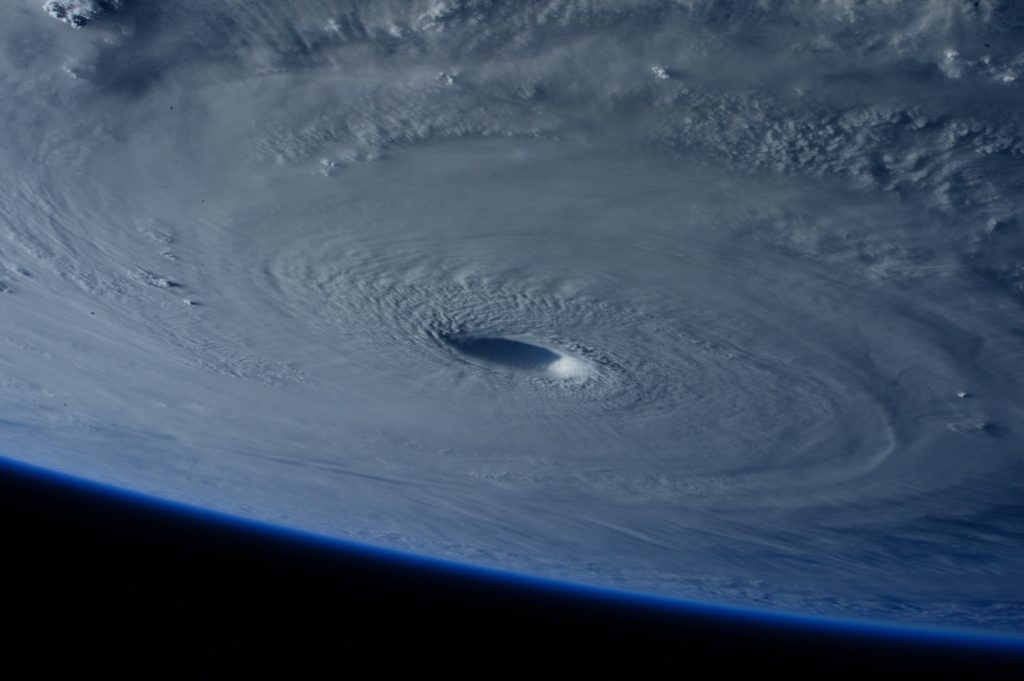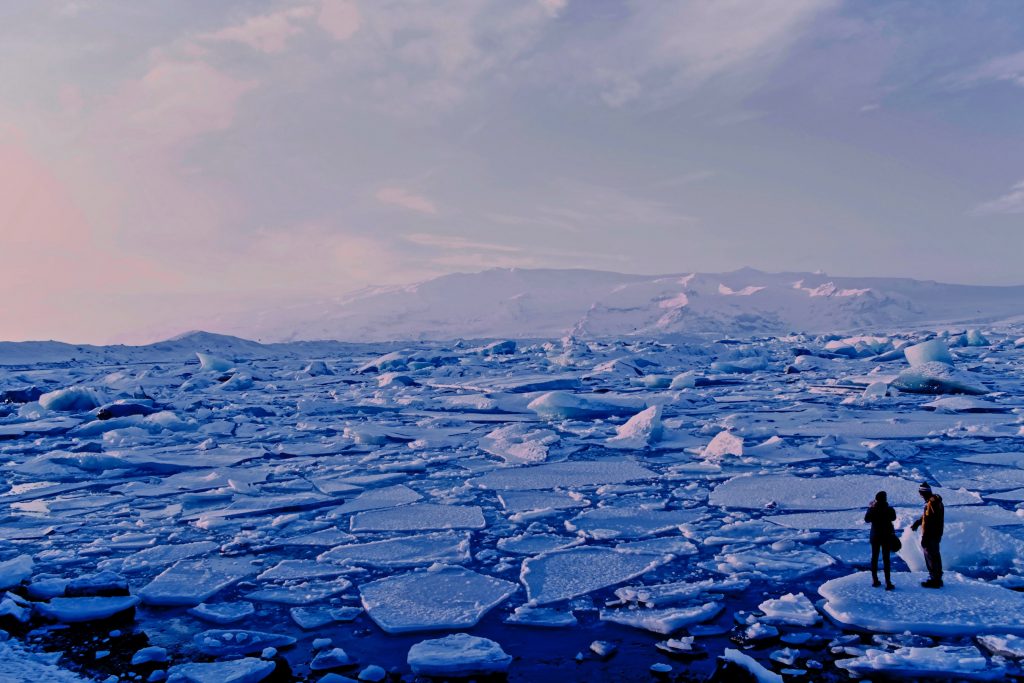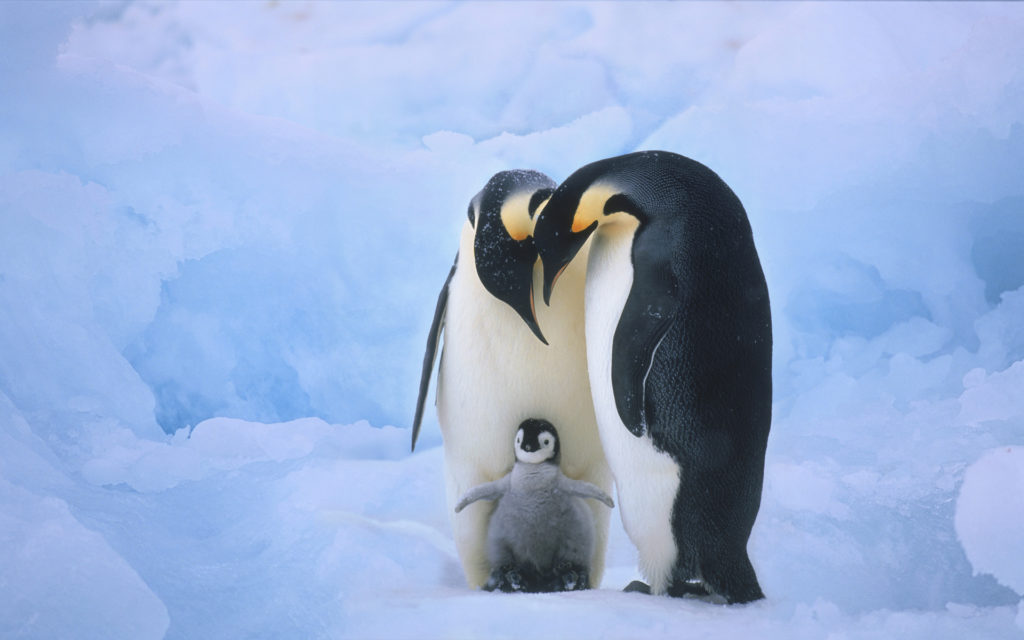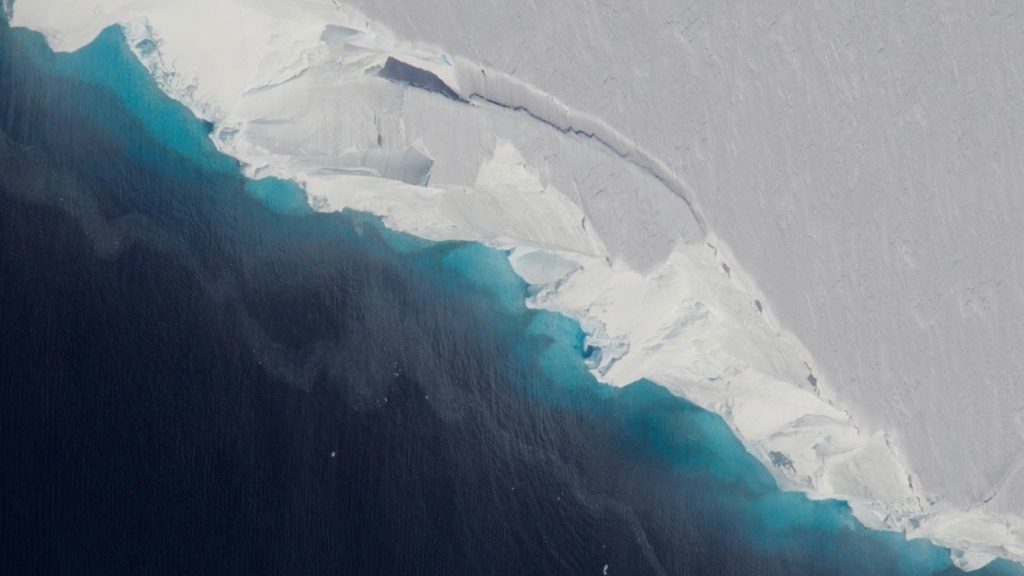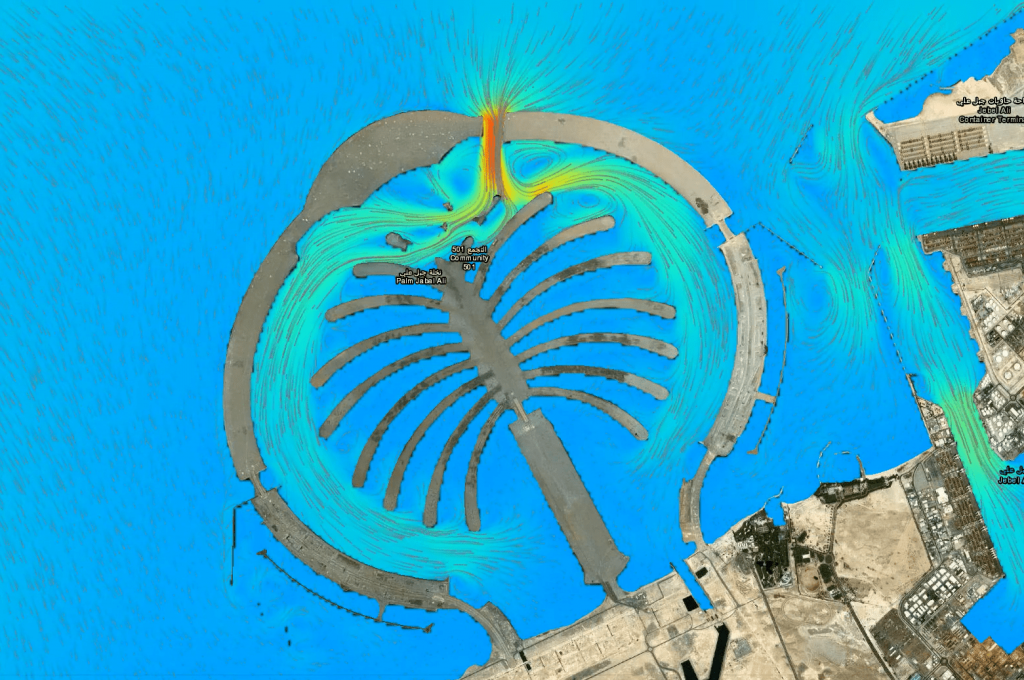
The beauty of the ocean, at EXPO Dubai 2020
All maritime dimensions from a single scientific perspective, from the global ocean to the coastal area of Dubai. Ocean information and forecasts at the service of human societies, ecosystems, and sustainable development at the Italy Pavilion at EXPO 2020 Dubai, with the CMCC frontier research.


